While do-it-yourself projects can be fun and fulfilling, there is always a potential for personal injury or property damage. We strongly suggest that any project beyond your abilities be left to licensed professionals such as electricians, plumbers, and carpenters. Any action you take upon the information on this website is strictly at your own risk, and we assume no responsibility or liability for the contents of this article.
7 Tips for an Energy-efficient Home
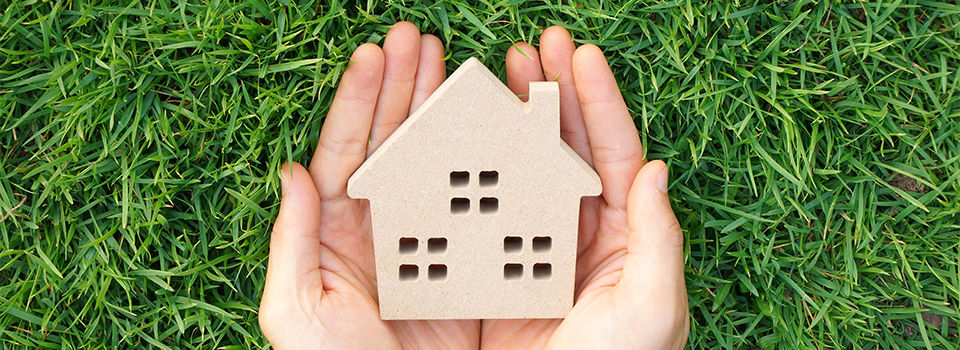
You don't have to spend a fortune to make your home more energy efficient. Many homeowners choose to add upgrades when remodeling, but why wait? Sometimes, a few changes may be all you need to cut down on your energy bill. Consider these 7 tips for a more energy efficient home.
1. Replace Old Windows
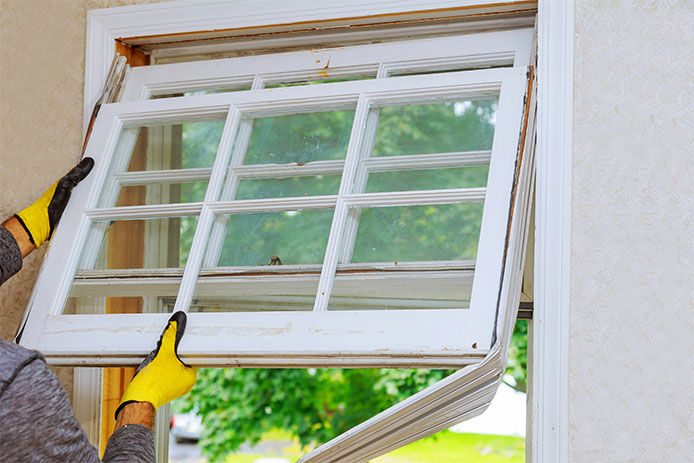
Windows and doorways are some of the most accessible places for hot or cold air to escape from your home. A cold draft seeping into the house makes it harder for your furnace to keep up. Consider switching out old wood windows with vinyl replacements. They'll create a tighter seal around your house. Double pane windows are standard, but some homeowners have chosen triple pane windows for even more efficiency.
2. Add Curtains
Window curtains aren't just for decoration. Close the curtains to keep out the hot sunlight during the summer and provide a barrier from winter temperatures. Blackout panels provide even more shade during the summer, which make it easier for your HVAC system to work properly.
3. Use Cold Water
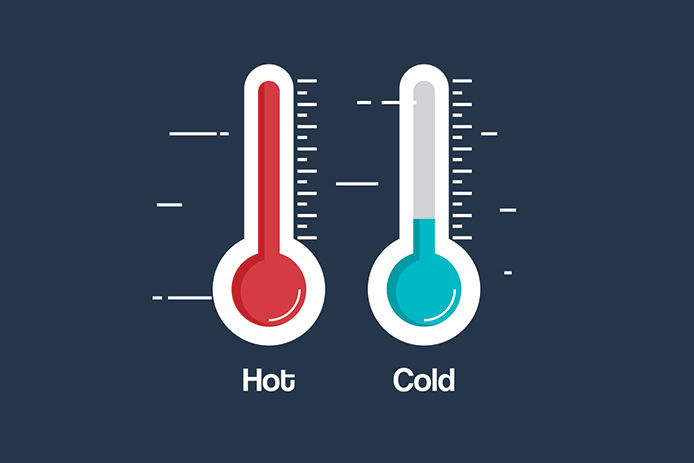
Set the washing machine temperature to cold and keep it there. You can save an average of $63 dollars a year by not forcing your water heater to work so hard. While you’re at it, turn the temperature on your water heater down to 130 degrees F.
4. Invest in a Smart Thermostat
The thermostat in your home can be an area of contention. Choosing a temperature that your family is comfortable with is important. But, turning the thermostat down a few degrees in the winter and up a few degrees in the summer can save you big time. Consider switching to a programmable smart thermostat to change temperatures throughout the day. Smart technology thermostats can also connect to your phone and give you instant access to your home’s primary energy source.
5. Switch to LED Bulbs
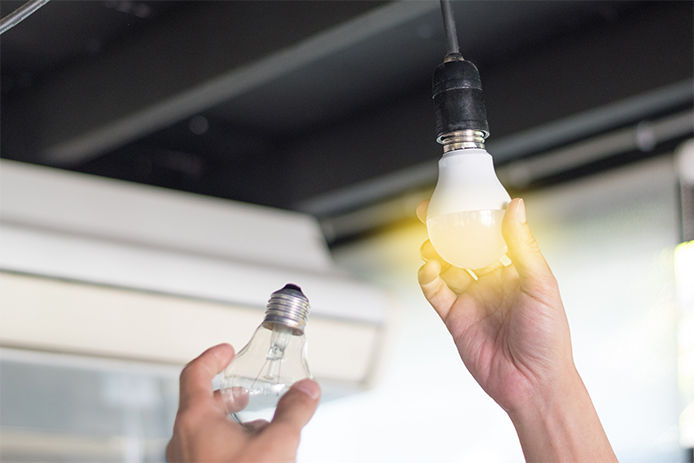
You use lighting to set the mood, or to create a cozy space, but lighting can soak up a lot of electricity. Simply switch out older light bulbs for more energy efficient LED options. These may cost more up front but should provide enough energy savings over the years to save you a good amount of money. LED lights are also brighter, so you won't have to turn on as many of them.
6. Install Ceiling Fans
Ceiling fans are another under appreciated fixture. They move the air around and reduce the need for air conditioning. Even in hotter climates, the fans work with the air conditioning, so the HVAC doesn't have to work as hard. Ceiling fans also circulate and freshen the air by pushing more of it through the furnace filter.
7. Create Clean Air
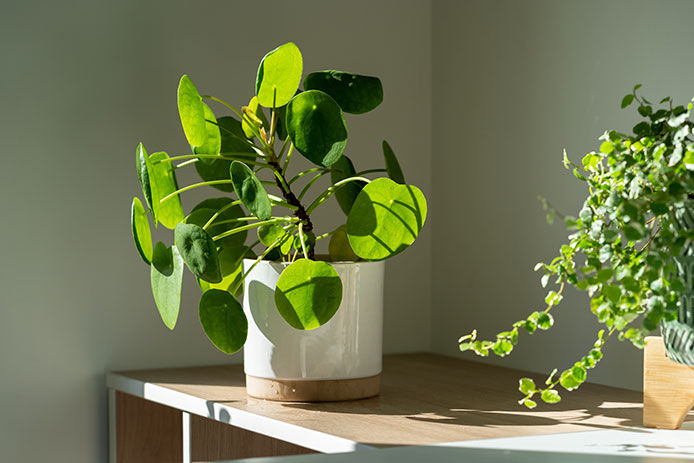
Heating and cooling systems are reliant upon the intake of clean air. Consider changing your air filters monthly. Doing so can help your HVAC system work better as well as clean the air within your home. There are also many indoor houseplants that help purify the air.
There are plenty of ways to make your home more energy efficient. You can also consider adding solar panels, but only if you plan to keep your home for a while to recoup the investment. Try all these tips for a more energy efficient home this year.